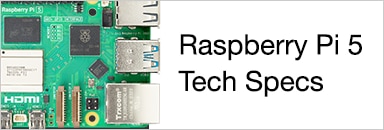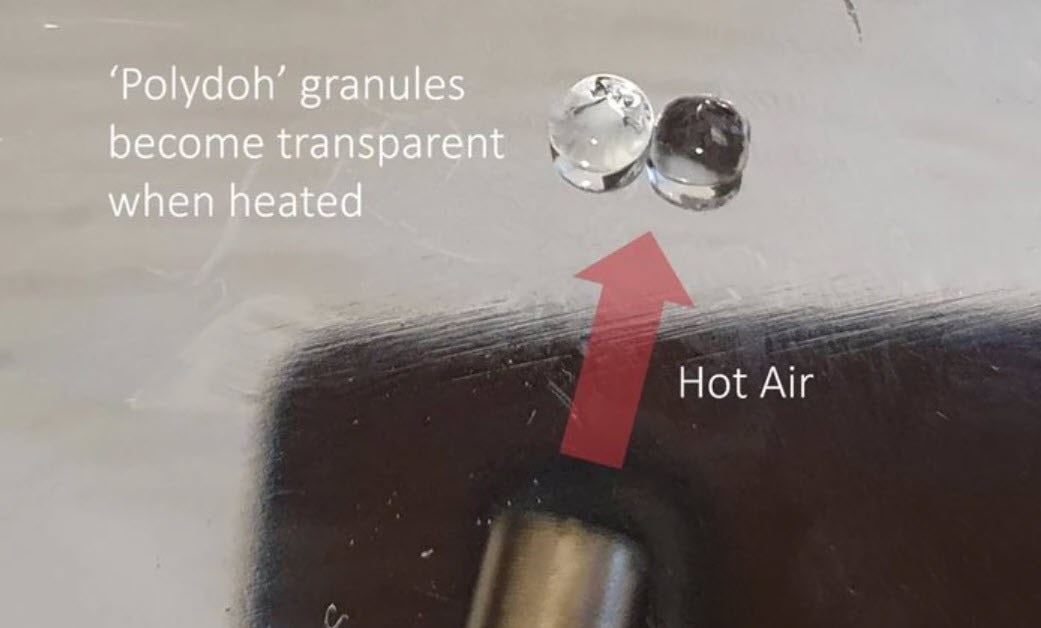I have been experimenting with tri-state multiplexing with the Rp2040's PIO statemachine and have found good success.
The PIO code is quite interesting in that its quite different from how I might write it in c-code in a repeating ISR. I may write a blog about it in the future, but here is the code:
# Tri-state multiplexing with done with PIO statemachine
# -scottiebabe 2022
import time
from machine import Pin
import rp2
# Ensure pin pull-ups and pull-downs are disabled
# So pin is Hi-Z when set as input
Pin(0,Pin.IN)
Pin(1,Pin.IN)
Pin(2,Pin.IN)
@rp2.asm_pio(out_shiftdir=rp2.PIO.SHIFT_RIGHT,set_init=[rp2.PIO.OUT_LOW]*3,out_init=[rp2.PIO.OUT_LOW]*3)
def charlie():
pull(noblock)
mov(x,osr)
# Set Pin0 & Pin1 as outputs
in_(null,2)
in_(osr,1) # output state of LED0 on Pin0
out(null,1)
set(pindirs, 0b011)
mov(pins, isr) [7]
in_(null,1)
in_(osr,1) # output state of LED1 on Pin1
in_(null,1)
out(null,1)
mov(pins, isr) [7]
# Set Pin0 & Pin2 as outputs
in_(null,2)
in_(osr,1) # output state of LED2 on Pin0
out(null,1)
set(pindirs, 0b101)
mov(pins, isr) [7]
in_(osr,1) # output state of LED3 on Pin2
in_(null,2)
out(null,1)
mov(pins, isr) [7]
# Set Pin1 & Pin2 as outputs
in_(null,1)
in_(osr,1) # output state of LED4 on Pin1
in_(null,1)
out(null,1)
set(pins,0)
set(pindirs, 0b110)
mov(pins, isr) [7]
in_(osr,1) # output state of LED5 on Pin2
in_(null,2)
out(null,1)
mov(pins, isr) [7]
# Create the StateMachine with the charlie program, outputting on Pins 0-2.
sm = rp2.StateMachine(0, charlie, freq=20000, set_base=Pin(0),out_base=Pin(0))
# Put bitmap into pio statemachine
sm.put(0b101)
# Start the StateMachine.
sm.active(1)
i = 0
while True:
i += 1
sm.put(i % 64)
time.sleep(0.1)
I would like to try and make my own fairly light strings with three wires and 6 LEDs, similar to these

What do you think the best way to solder the LEDs to wires would be?
I'm thinking maybe use a piece of perfboard to hold everything in place while soldering














